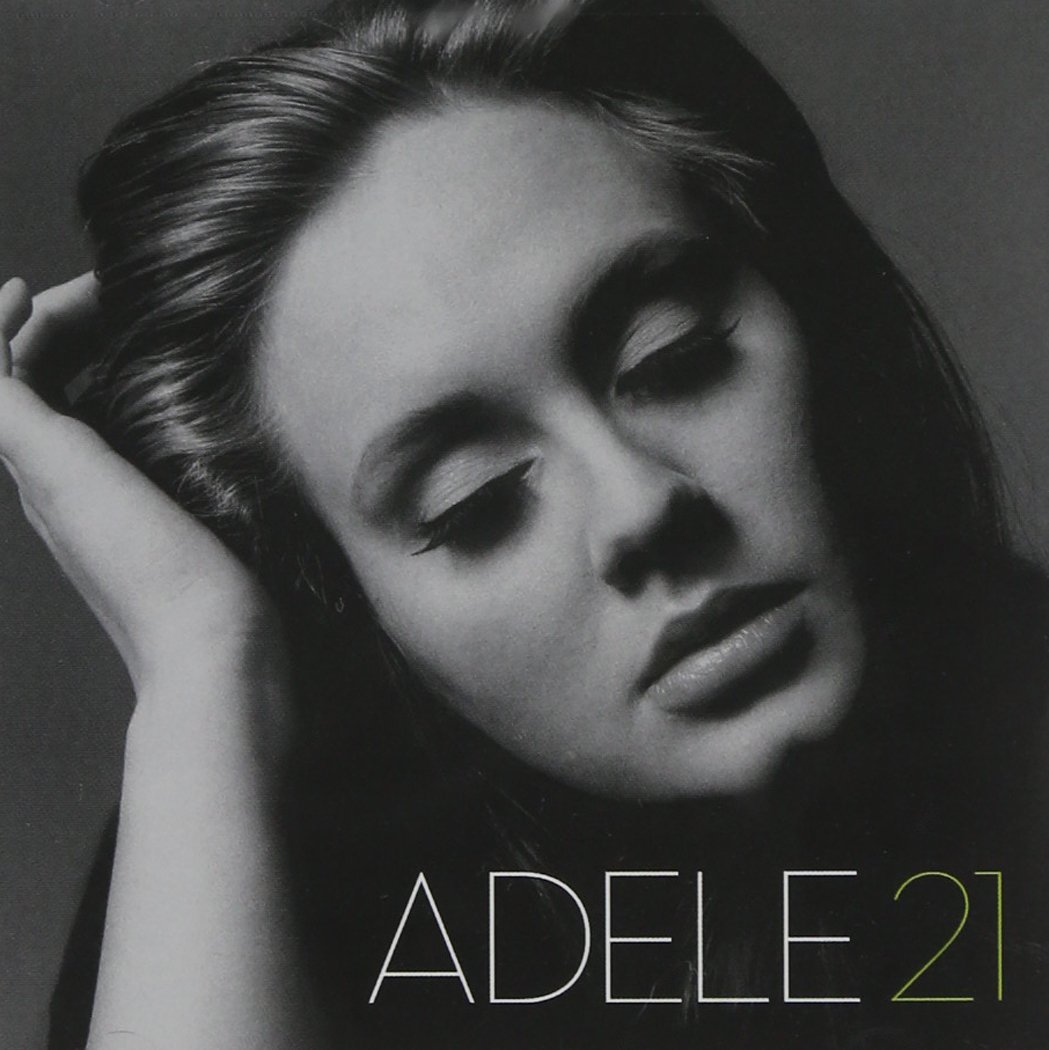Appropriately enough for an artist who’s only ever titled her albums with integers, when we think back on Adele’s 21 LP, we tend to do so in terms of hard numbers. Eleven million sold in the U.S., 30 million worldwide. Two hundred and forty-seven weeks on the Billboard 200, 24 of them at No. 1. Three No. 1 singles on the Hot 100. Six Grammy nominations, six wins. Two straight years as the country’s best-selling album. The commercial achievements of 21 are so stunning for such a sales-compressed era in music history — like hitting 100 home runs in a season a decade after steroid use hit its peak — that it often seems to overwhelm discussion of the actual artistry of the album. So nearly five years after its release, and with the numerical prognostication already underway for the release of third album, 25, due this Friday, it’s worth looking back and asking: Was 21 really all that good?
The biggest impression upon listening to Adele’s world-conquering work with a little distance from its initial release is that for an album with a reputation as a monolithic statement of heartbreak, it’s a surprisingly fun listen. Not to say that anyone is bopping to 21 while preparing to go out with friends on a Saturday night, but when you think back on the LP through the lens of its chart-topping megahits, you might recall it as a wall-to-wall collection of teary-eyed breakup ballads. There’s plenty of that, certainly, but there’s also the ’70s AM funk of “He Won’t Go,” the Southern boogie of “I’ll Be Waiting,” and the girl-group strut of underrated fourth single “Rumour Has It.” The more upbeat tracks, smartly scattered through 21, keep the album moving with much-needed vitality, never letting it get bogged down in watery piano and melodramatic strings.
The album is more tonally varied than you might remember, too. Like Blood on the Tracks four decades earlier, 21 offers a more complicated take on the central relationship’s dissolution by jumping around with its perspective and its timeline from track to track. “Rumour Has It” didn’t just stand out from the other 21 singles for its handclaps and pounding drum beat, but also for Adele’s willingness to play perpetrator as well as victim: The song begins with her ex bolting with a younger woman, but by its end, she’s tempted him to return, only to deny she ever really wanted him in the first place (“Just ‘coz I said it / It don’t mean that I meant it”) and leave him for someone else. Meanwhile, “One and Only” is a pretty straightforward love ballad of Adele telling her man that she just wants to be his everything. And “He Won’t Go” plays with the same sort of shifting narrative as “Rumour,” starting off as a first-person pledge of devotion in the face of adversity (“If this ain’t love then what is / I’m willing to take the risk”) before turning the chorus over to her guy to offer the same pledge in return. The song ends with the couple agreeing, “We’re willing to take the risk.”
It helped that Adele enlisted a team of experts behind the decks on 21, who could match the level of detail in her songwriting and delivery with the album’s production. The guiding hand of Top 40 sensei Rick Rubin steers four tracks, and he makes sure every drum hit on the “He Won’t Go” chorus punches through as pointedly as each of Adele’s monosyllabic exhortations. Musical soulmate Paul Epworth provides the Memphis horns and Motown backing vocals to underline the full-bodied soul of “I’ll Be Waiting” and “Rolling in the Deep,” and Jim Abbiss envelops his singer in the keys and strings necessary to get across the Carnegie Hall-caliber orchestral drama of “Turning Tables” and “Take It All.” The spate of different producers keep Adele from ever getting too complacent in one mode — unexpected mid-song twists like the operatic breakdown in “Rumour” and the Journey-like power-piano drop in “One and Only” also do well to keep her (and us) on alert — without ever pulling her too far from the record’s emotional core.
All deep-diving aside, the most remarkable thing about 21 might still be how raw its bookending lead singles still feel after years of such ubiquity that they’ve become pop-culture furniture. Adele breezes through the verses of “Rolling in the Deep” so breathlessly that you were never forced to pay attention to what she was actually saying, but lest we forget, the song is less a heartbreak ballad than a destructive revenge fantasy, the singer threatening to expose her ex’s secrets and bring about his ultimate ruination. (The fire burning in her heart is one of fury, not passion, and best believe it’s not her tears that are going to fall.) And “Someone Like You” stands as one of the most unnerving love songs in pop history, as its protagonist shows up uninvited at her ex’s doorstep in a last-ditch effort to rekindle their spark, and recognizes the error of her ways so instantly and dramatically that she does a complete 180 from verse-to-chorus. “Never mind, I’ll find someone like you” is an about-face that changes everything we thought we were feeling about the song, an unexpected and cruel reminder that in real life, grand gestures come off as creepy and desperate as often as romantic. For two of the largest mass-appeal smashes of the decade, it remains jaw-dropping how unsentimental these songs are.
If there’s a major flaw to be found with 21, it’s that its color palette can dwell a little too much in the grays, especially when compared to Adele’s debut LP from two years earlier, 19. There’s nothing on here that’s as coolly understated as that album’s guitar-and-vocals-only highlight “Crazy for You,” nor as lithe and shimmying as its “Unfinished Sympathy”-like groover “Cold Shoulder.” The set’s third single, “Set Fire to the Rain,” was revealed by radio overplay to be far less bloodied than the first two, a song whose Ryan Tedder-like mid-tempo plod — ironic, considering Tedder’s production on “Rumour” stands as his liveliest work to date — ultimately subsumes the song’s emotional heft. (Not to mention that the title implies a gratifyingly Jim Steinman-like over-the-topness, which the music doesn’t come close to delivering.) And as well-intentioned as a cover of the Cure’s classic “Love Song” may be — Adele’s way of giving back to the earth, acknowledging the pop canon she’s adding to — the production is unusually muddled for a Rick Rubin number, and despite doing an admirable job conveying the song’s distance and desperation, the singer fails to really make it her own.
Still, 21 is far from monochromatic on the whole, and while the album clearly followed the lead of the big ballad hits from 19 (namely “Chasing Pavements” and “Hometown Glory”), it also found a way to honor that album’s varied dynamics and fluid pacing. You can’t sell 11 million copies of an album if the only thing you can do while listening to it is cry; 21 reached its level of success because it works just as well as background music at work and time-killing music in transit. It’s an album that lets you dictate your level of emotional involvement, and it doesn’t overwhelm you any more than you need it to. We can only hope that Ms. Adkins remembered the importance of this when recording 25, that she doesn’t simply travel further down the path of her prior album’s super-smashes with 11 songs that follow in the show-stopping mold of her latest chart-topper “Hello.” If that’s how Adele’s third album turned out, it might set sales records in its first week which the music industry will never see threatened again, but it could end up a pretty brutal listen a half-decade from now.





